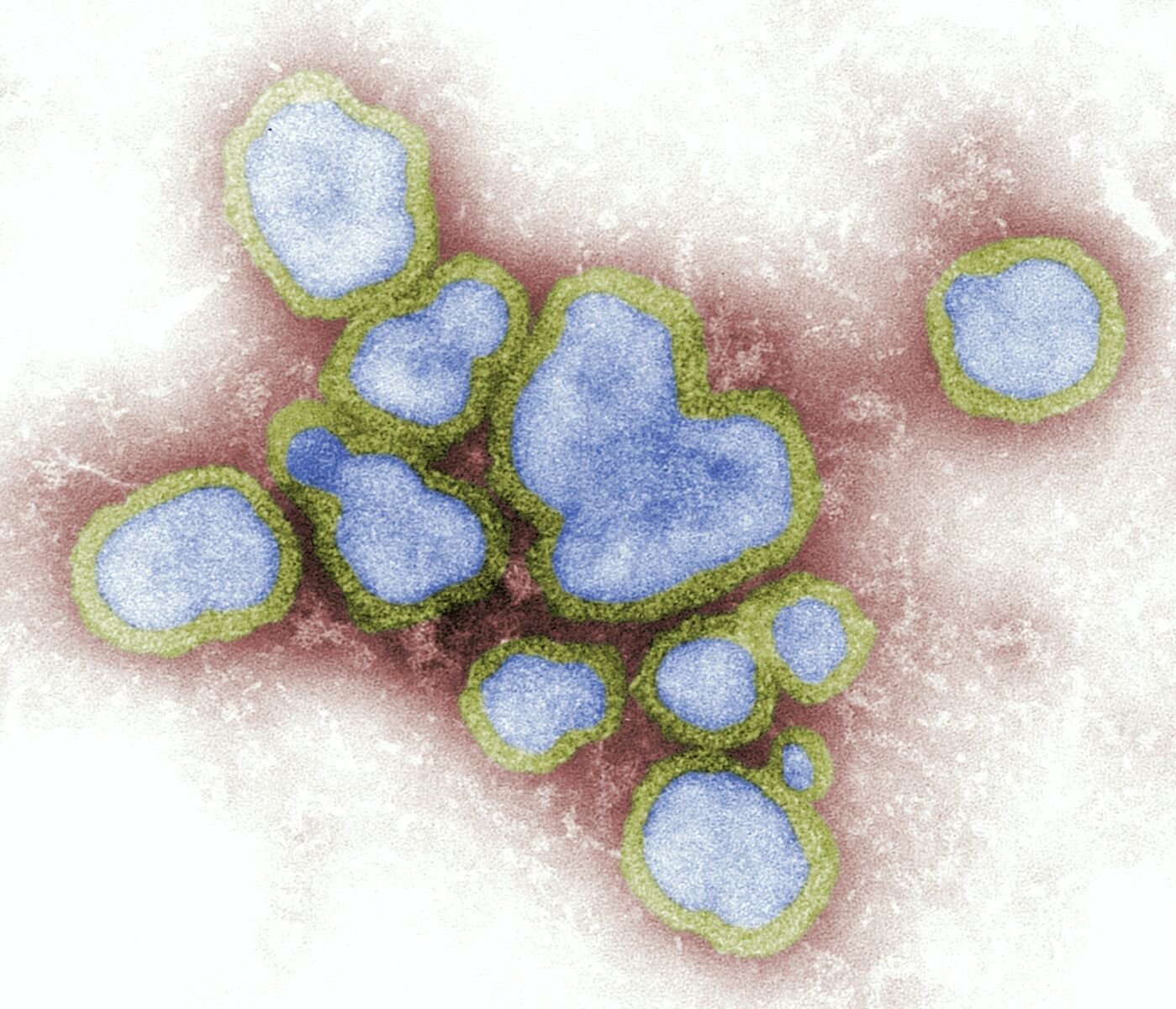Alarming new H1N1 flu strain resistant to common treatments makes its debut

The U.S. Centers for Disease Control and Prevention (CDC) has raised concerns about a new “dual mutant” strain of the H1N1 influenza virus. This strain, which has been found in the U.S. and other parts of the world, shows resistance to Tamiflu, a common antiviral medication. Experts are worried that this new strain could become globally dominant in the coming months. Here’s what you need to know about this emerging health threat.
Discovery of the dual mutant strain
The CDC recently published details about two mutations in the H1N1 virus, named I223V and S247N, in the journal Emerging Infectious Diseases.
These mutations were first identified by scientists in Hong Kong and were reported in The Lancet Microbe in March 2024.
The mutations were shown to significantly reduce the effectiveness of Tamiflu, a medication widely used to treat the flu.

Spread and detection
Since May 2023, these mutations have been detected in 15 countries across five continents. In the U.S., at least two cases have been confirmed. A total of 101 samples of the dual mutant virus have been identified globally. While these mutations are not yet widespread, they have been found in multiple regions, including Europe, North America, Asia, Africa, and Oceania.
Impact on treatment
The main concern with these mutations is their resistance to Tamiflu. Dr Marc Siegel, a clinical professor of medicine, emphasised the importance of Tamiflu in treating high-risk groups and the elderly. He noted that while the drug’s effectiveness is reduced, it still has some impact.
Ongoing monitoring and recommendations
The CDC and global health partners are closely monitoring the spread and evolution of these dual mutant strains. Dr Andy Pekosz, a virologist, highlighted the importance of global surveillance to track these mutations. Despite the resistance to Tamiflu, flu vaccines and other antiviral medications still offer protection.

Current flu season statistics
This flu season, the U.S. CDC estimates that there have been at least 35 million illnesses, 390,000 hospitalizations, and 24,000 deaths due to the flu. The agency continues to recommend annual flu vaccinations for everyone aged six months and older. Vaccinations, along with antiviral medications, are crucial in managing flu symptoms and preventing severe cases.
Globally, the figures could run into one to two billion infections and possibly a quarter million deaths for the whole year.
Historical context and future implications
This is not the first time the medical community has faced flu strains resistant to Tamiflu. In 2007 and 2008, a different H1N1 strain with a similar resistance mutation caused concerns but was eventually outcompeted by the H1N1 strain responsible for the 2009 swine flu pandemic.
The emergence of these new dual mutant strains underscores the need for continued vigilance and adaptation in flu treatment strategies. Researchers and healthcare providers must stay informed about these developments to ensure effective responses to potential outbreaks.
The discovery of the dual mutant H1N1 strain resistant to Tamiflu is a significant development in flu research. While the threat remains low for now, ongoing monitoring and global cooperation are essential to mitigate any potential public health risks. Vaccinations and alternative antiviral medications continue to be vital tools in the fight against the flu.
Latest Thailand News
Follow The Thaiger on Google News:


























